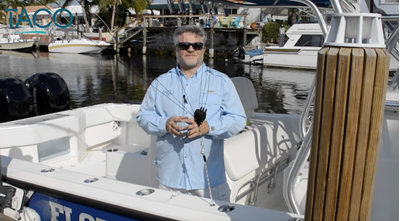Aluminium:
Aluminium and aluminium composites are used both in sheet structure for each and every metal body or for segregated essential people. Many cruising battles are frequently made of aluminium after 1960. The material requires remarkable gathering systems, improvement gadgets and advancement capacities. It is the lightest material for building tremendous boats being 15-20% lighter than polyester and 30% lighter than steel. Aluminium is super costly in numerous countries and it is normally not used by fledgling designers and used for boat detailing services . While it is easy to cut, aluminium is difficult to weld, and besides requires heat prescriptions, for instance, precipitation support for most applications. Galvanic utilization underneath the waterline is a completely serious concern, particularly in marinas where there are other conflicting metals. Aluminium is most regularly found in yachts and powerboats that are not saved forever in the water. Aluminium yachts are particularly notable in France.
Cupronickel:

A reasonably expensive metal used honestly, occasionally in boatbuilding is cupronickel. Obviously the ideal metal for boat outlines, cupronickel is reasonably extraordinary, uncommonly impenetrable to utilization in seawater, and is an immediate consequence of its copper content, an incredibly strong antifouling metal. Cupronickel may be found on the assemblages of premium towing boats, fishing boats and other working boats; and may even be used for propellers and propeller shafts.
Fiberglass :
Fiberglass glass-upheld plastic or GRP is routinely used for the creation of boats because of its ability to reuse a female structure as the foundation for the condition of the boat. The ensuing development is strong in pressure yet consistently ought to be either laid up with numerous profound layers of sap doused fiberglass or developed with wood or foam to give strength. GRP structures are by and large freed from utilization anyway not routinely fire safe. These can be solid fiberglass or of the sandwich cored type, in which a focal point of balsa, foam or similar material is applied after the outer layer of fiberglass is laid to the shape, but before the internal skin is laid. This resembles the accompanying sort, composite, but isn’t ordinarily appointed composite since the middle material for the present circumstance doesn’t invigorate a ton of extra. It does, in any case, increase immovability, and that infers that less tar and fiberglass material can be used to save weight. Most fiberglass boats are at this point made in an open structure, with fiberglass and gum applied by the hand-lay-up procedure. Some areas of now worked by vacuum imbuement where the strands are fanned out and tar is moved into the shape via pneumatic force.
Composite material :
Composite turn of events incorporates a collection of composite materials and techniques: an early model was a timber carvel skin added to an edge and deck transmits made of iron. Sheet copper antifouling “copper-bottomed” could be added to a wooden construction given the bet of galvanic disintegration was restricted. Speedy cargo vessels used to be copper-lined to hinder being moved back by marine fouling. GRP and ferrocement bodies are model composite bodies, the articulation “composite” applies also to plastics upheld with fibers other than glass. At the point when a casing is being made in a female shape, the composite materials are applied to the shape as a thermosetting plastic typically epoxy, polyester, or vinyl ester and some kind of fiber texture fiberglass, kevlar, dynel, carbon fiber, etc These procedures can empower weight extents pushing toward that of aluminium, while requiring less specific instruments and advancement capacities.






